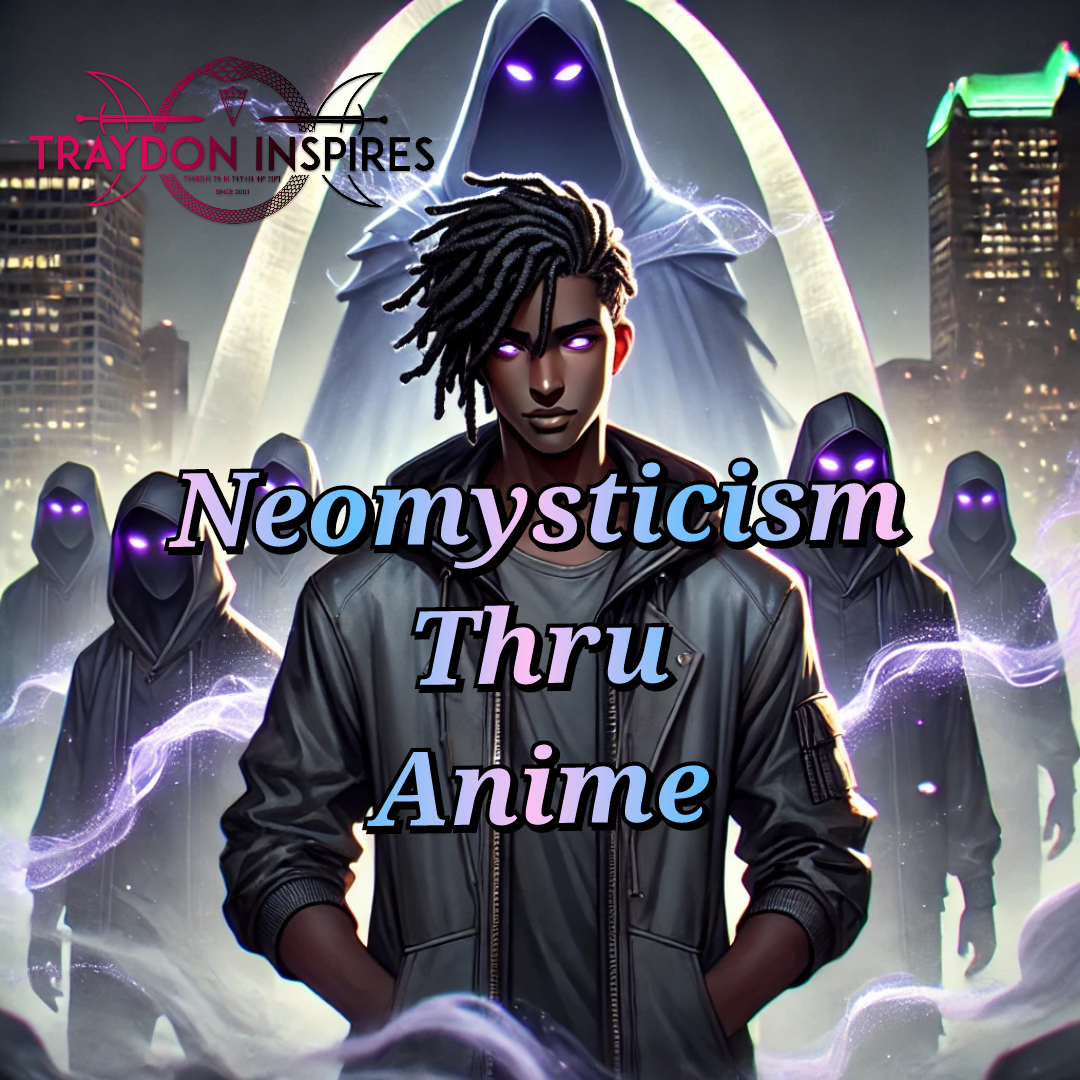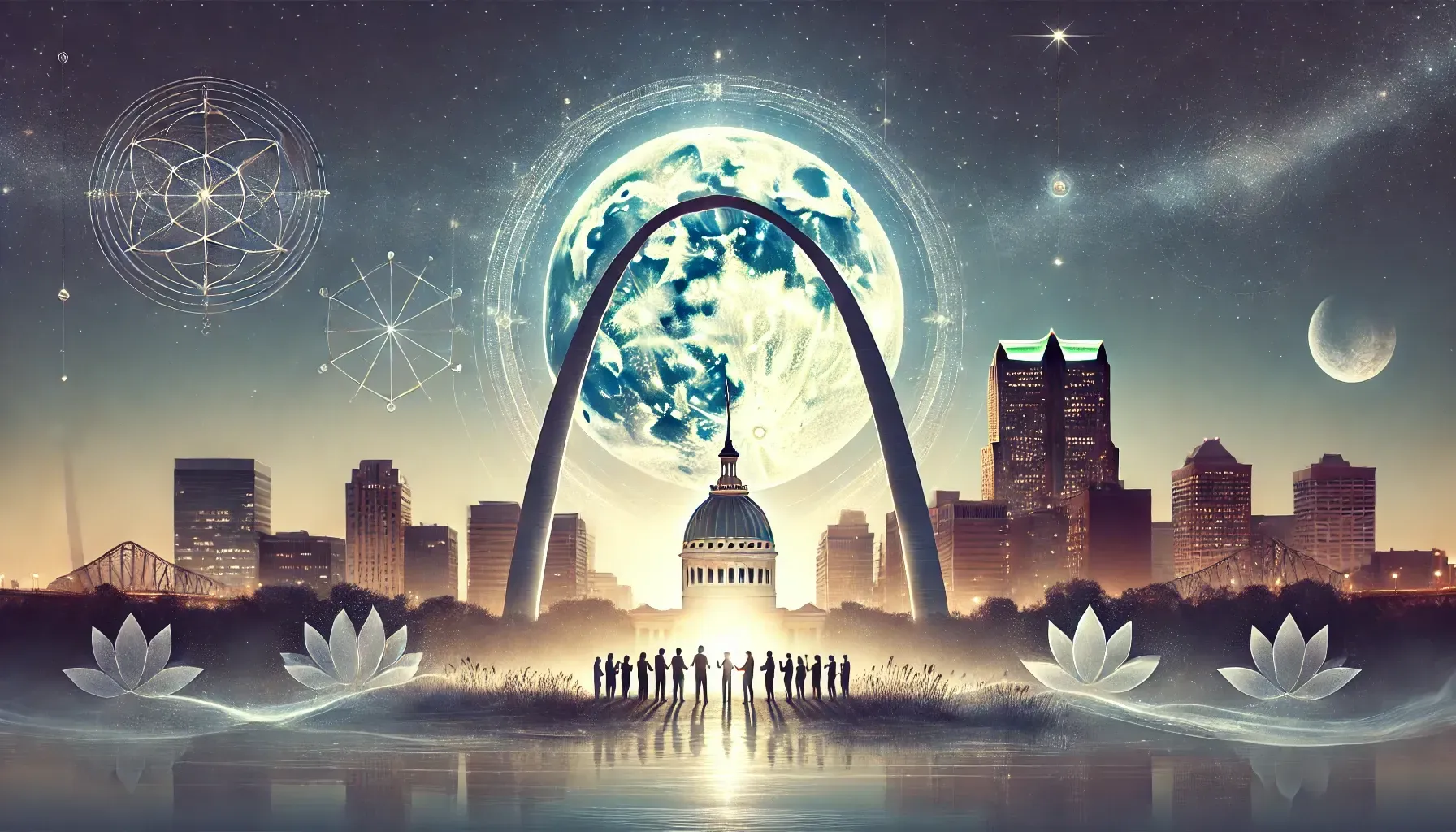Traydon Inspires The Jack And The Beanstalk Story
What if....
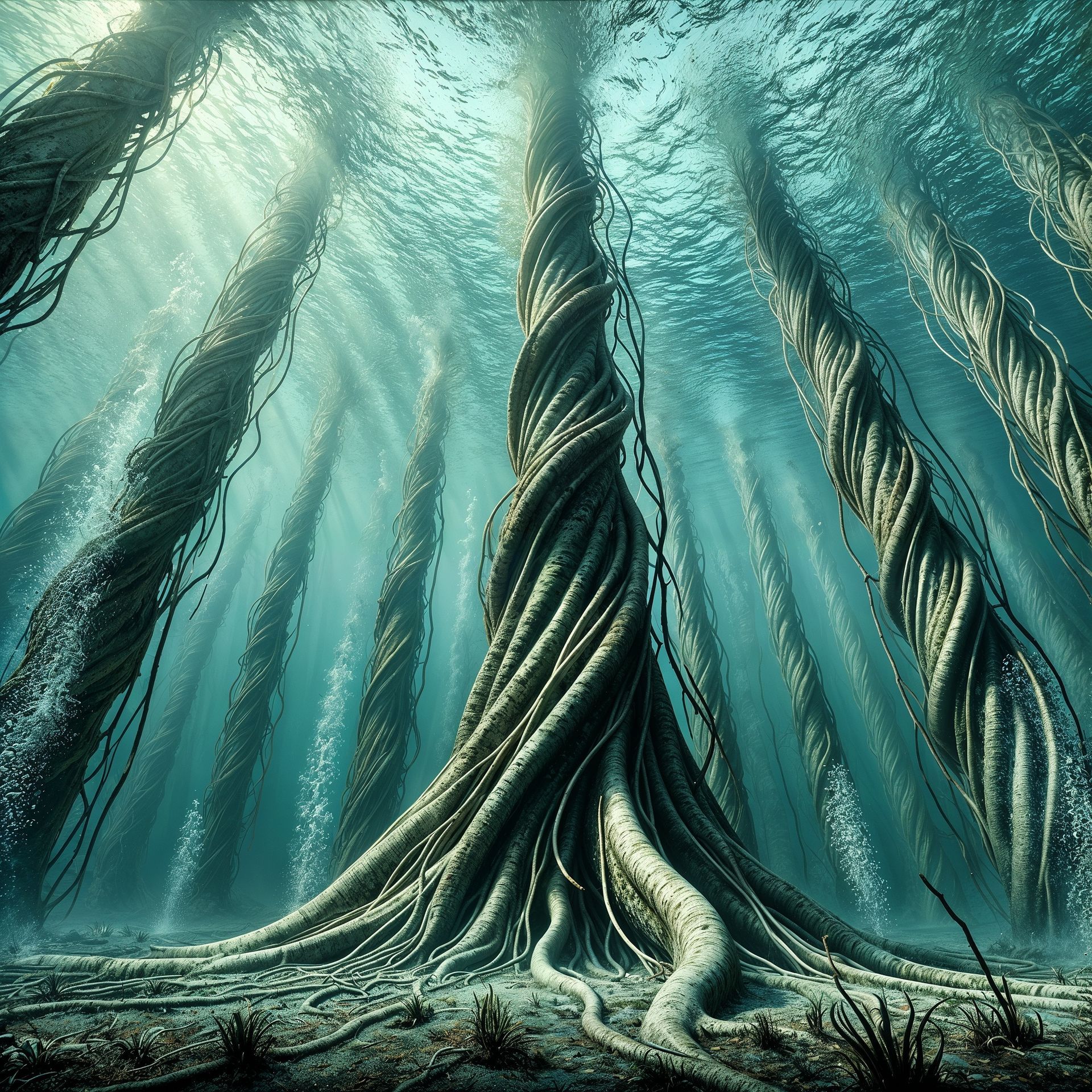
As I sit here by the ocean, watching the waves crash against the cliffs, I can’t shake the feeling that the legends we’ve all heard—stories we’ve dismissed as mere fairy tales—might hold more truth than we’ve ever imagined. Today, something extraordinary happened. While reviewing satellite imagery and deep-sea scans, I discovered what appear to be colossal, vine-like structures buried beneath the ocean. These aren’t just random formations. They’re patterned, spiraling upward from the seabed, and they match the ancient descriptions of the Beanstalks almost perfectly.
What if these Beanstalks weren’t just a metaphorical connection between earth and sky, but real, physical structures created by a race of giants? The story of Jack and the Beanstalk, which we’ve always considered a simple tale of a boy outsmarting a giant, might be rooted in a forgotten history—a history where these Beanstalks connected our world to others, serving as tethers for floating sky kingdoms ruled by these colossal beings.
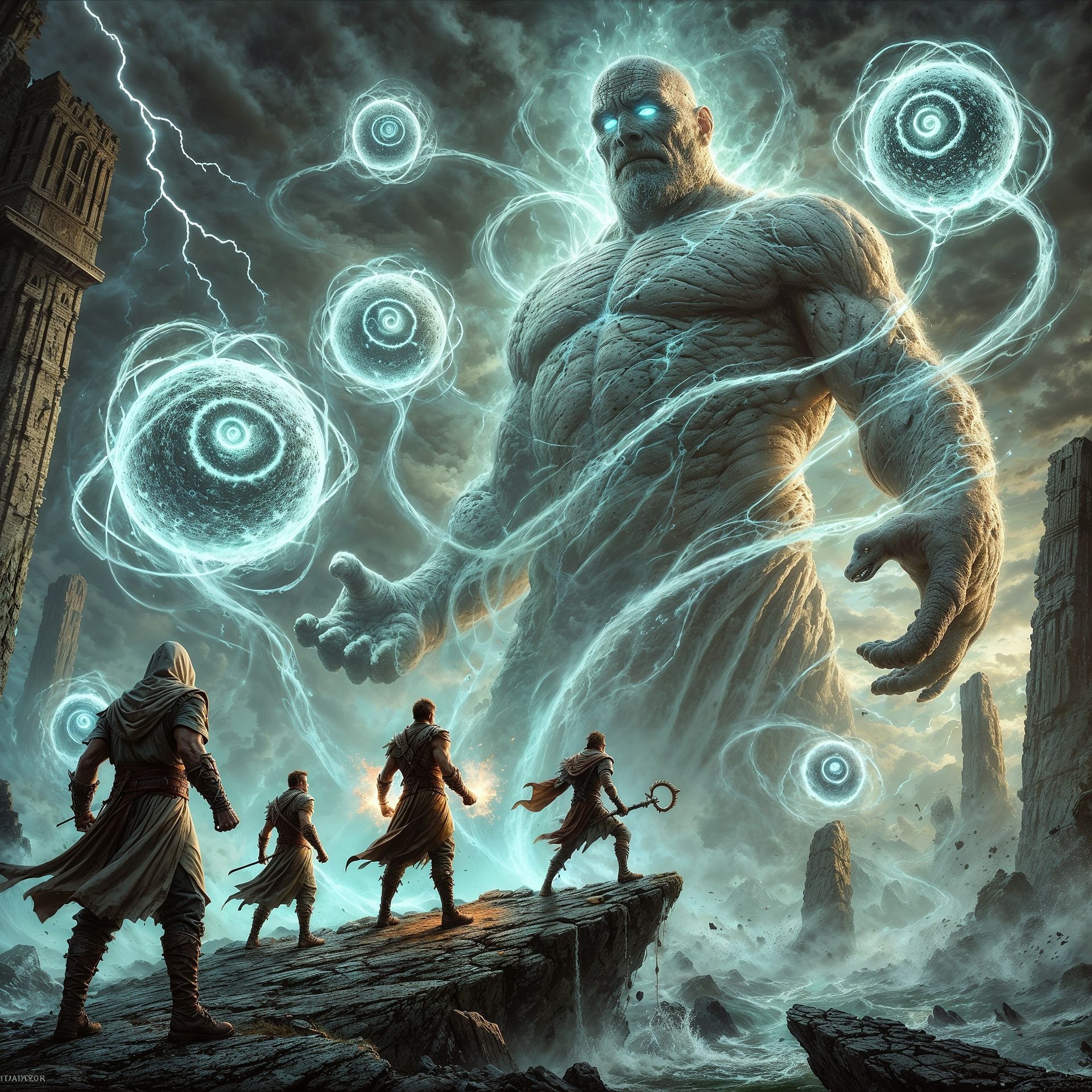
The giants, according to the legends, weren’t just brute monsters. They were intelligent, powerful, and driven by an insatiable hunger for knowledge and dominion. They created the Beans—sentient beings who served as living portals to other realms. These Beans weren’t just objects of magic; they were living creatures, part of a vast network known as the Beanstalks. The giants used them to traverse worlds, to conquer and gather power. And these Beanstalks, rooted deep in the earth and even at the bottom of the ocean, held up their sky kingdoms like pillars supporting the heavens.
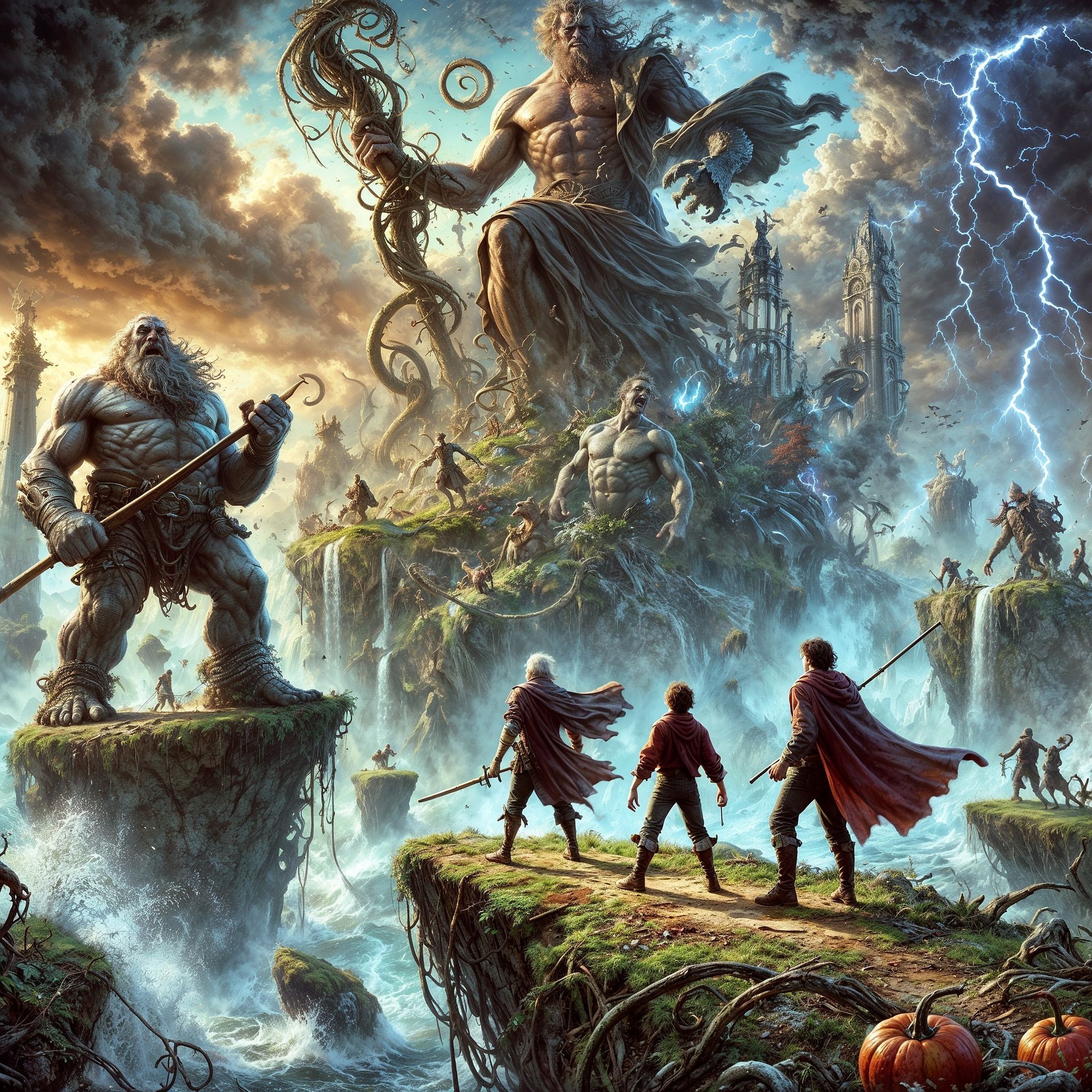
But the story doesn’t end there. The legend of Jack, the warrior who was as tall and strong as Goliath, now takes on a new meaning. What if Jack was real? Not just a clever boy, but a mighty hero who led a band of warriors to sever the Beanstalks, bringing down these sky kingdoms in a cataclysmic battle? The idea that the islands and landmasses we now live on could be the remnants of these fallen kingdoms—it’s almost too incredible to believe. And yet, the evidence is mounting.
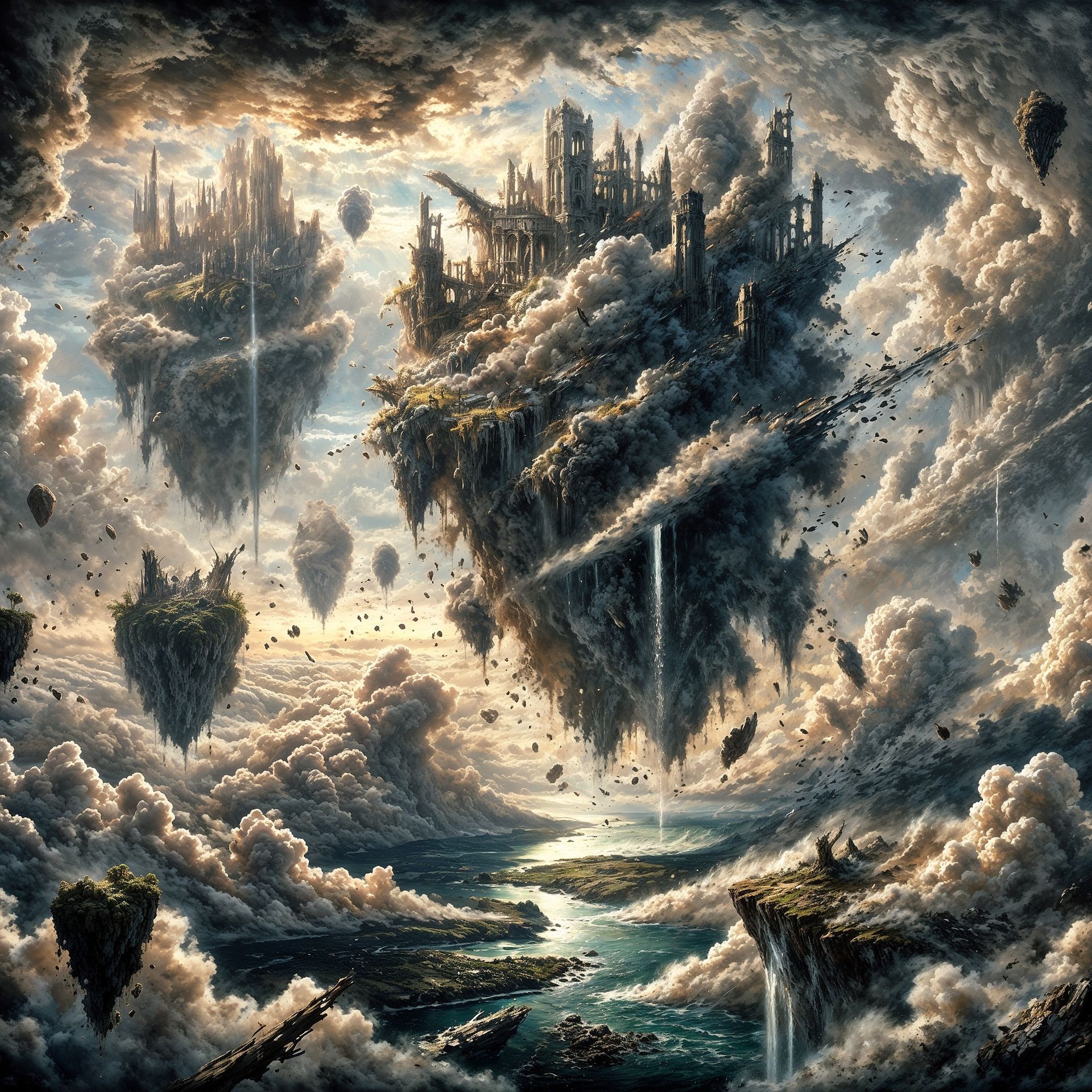
Imagine the sight: colossal landmasses, filled with the ruins of ancient castles and fortresses, plummeting from the sky as the Beanstalks were cut down. The world below would have been forever changed. The oceans would have surged, the earth would have trembled, and the very landscape of our planet would have been reshaped by the impact of these fallen realms. The jagged peaks, the strange, otherworldly flora we see on some islands—could these be the remnants of those sky kingdoms, the last traces of a world long lost to time?
And then there’s the matter of the underwater Beanstalks. The scans show these massive, twisting vines anchored deep in the seabed, reaching upward, as if still trying to connect with the heavens. When I combine this with the reports of UFOs—those circular flying saucers often seen near these areas—I start to wonder: were these UFOs part of the giants’ legacy? Perhaps they were guardians of the Beanstalks, or explorers from another realm, studying the remnants of a once-great empire.
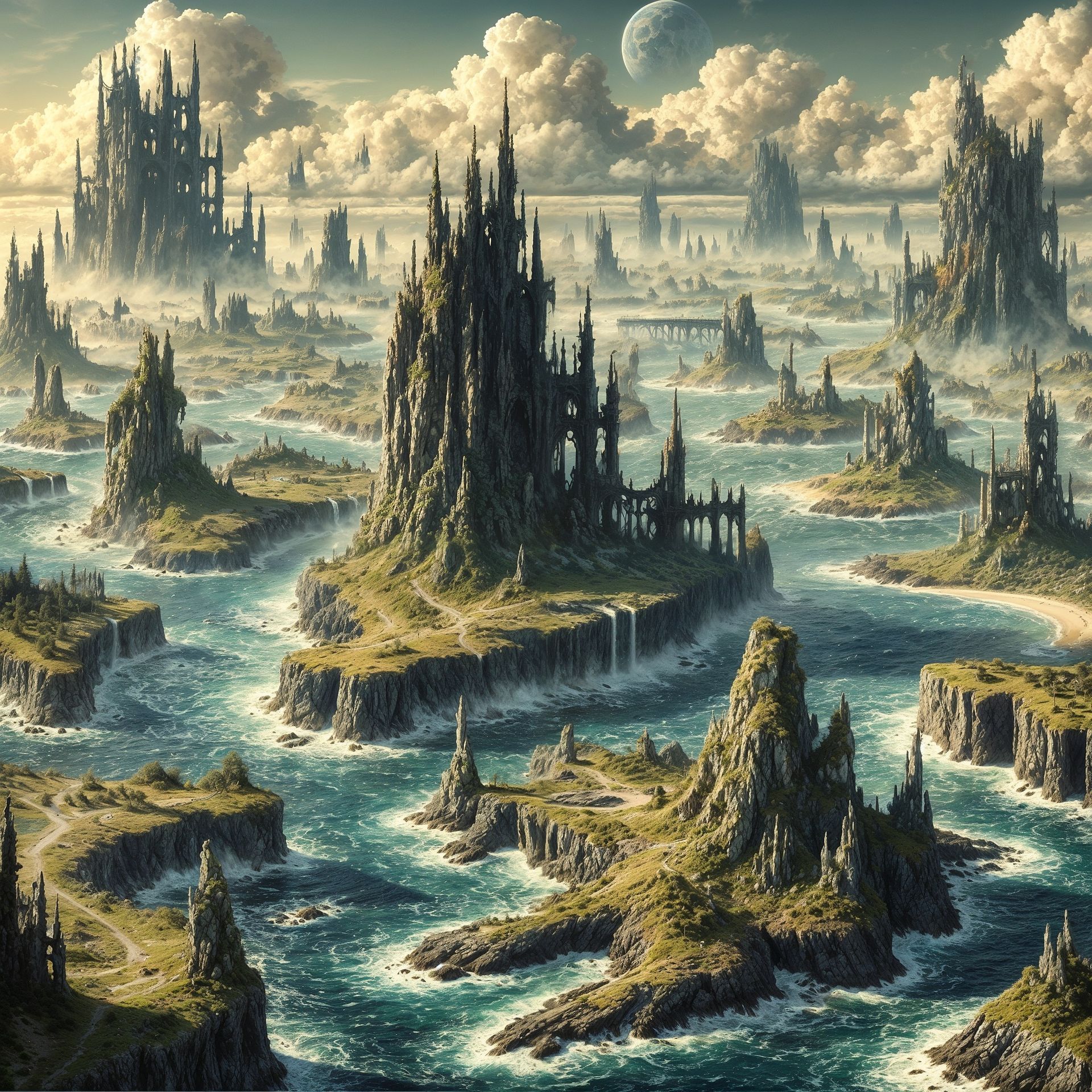
If this story is true—if the legends are more than just stories—then we’re living on the bones of a fallen world, a world that was once connected to others by these mystical structures. The giants may be gone, their power broken, but their legacy lingers in the very land we inhabit. The Beanstalks, the sky kingdoms, the Beans—what if they’re all real? And what if, somewhere out there, remnants of this ancient power still exist, waiting to be discovered, or worse, waiting to be awakened?
It’s a daunting thought. Tomorrow, I’ll continue my research, diving deeper into these mysteries, trying to piece together the truth. Because if this story is true, then everything we know about our world—and our place in it—could change forever. And we might be standing on the brink of uncovering the greatest secret in the history of mankind.
End of Entry
Join The Patreon For More Exclusive Content Here
Traydon Inspires Diary Intries
